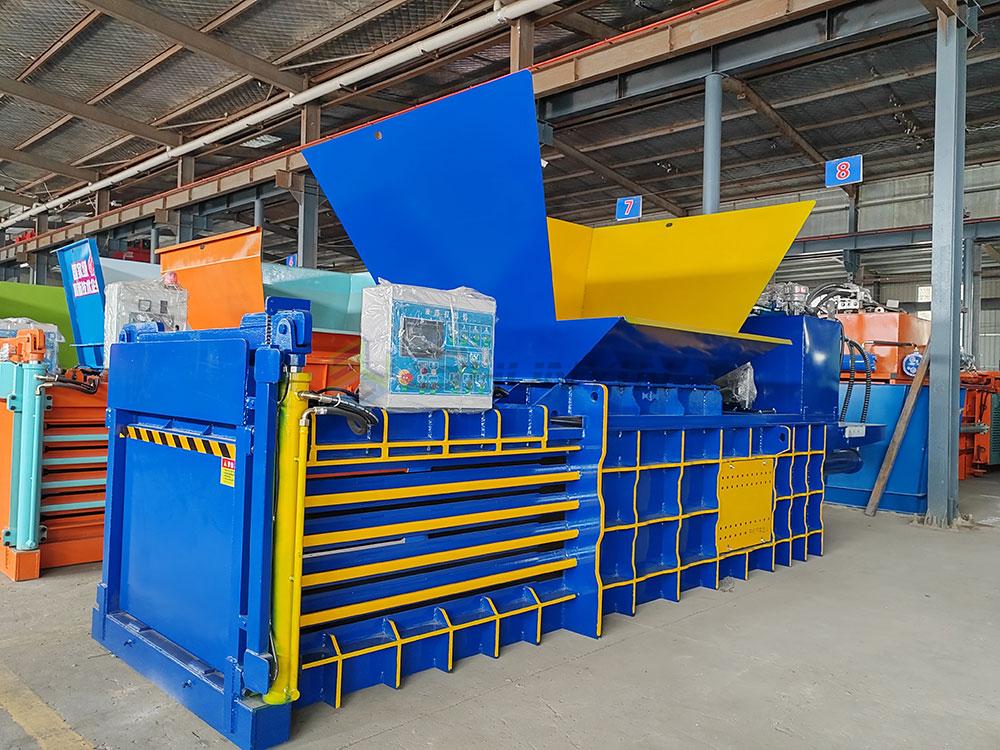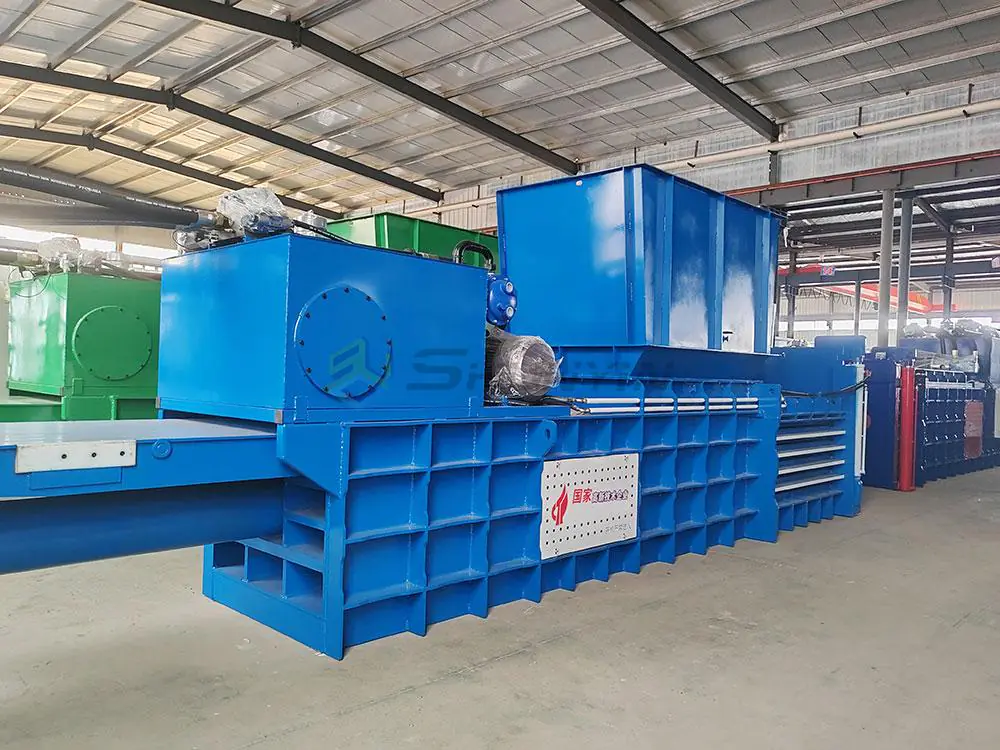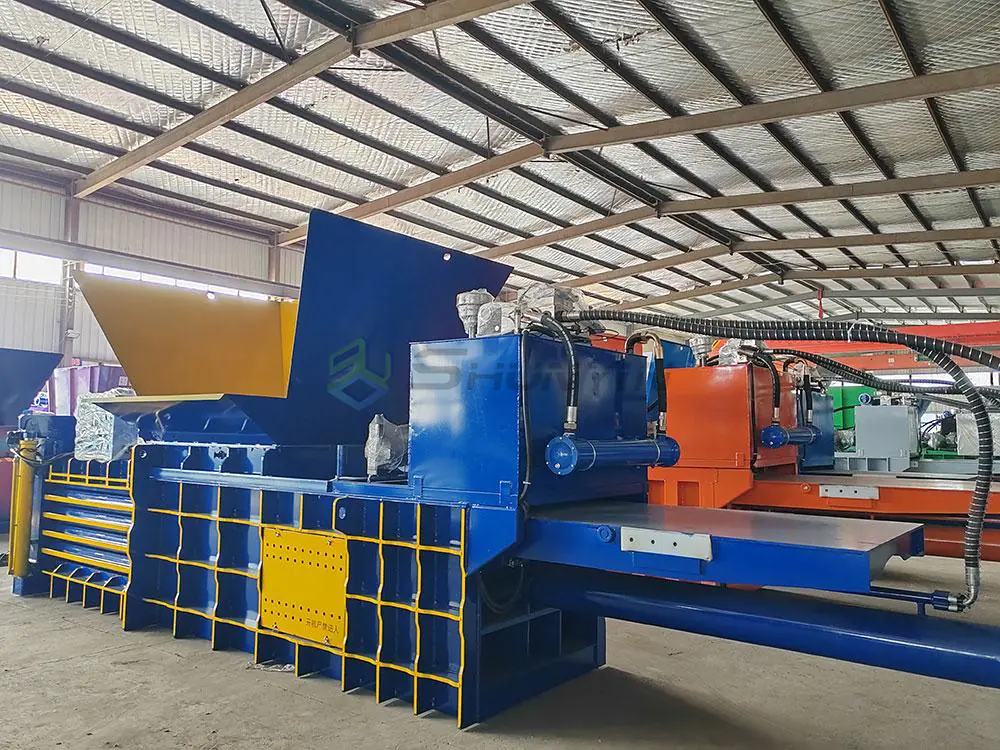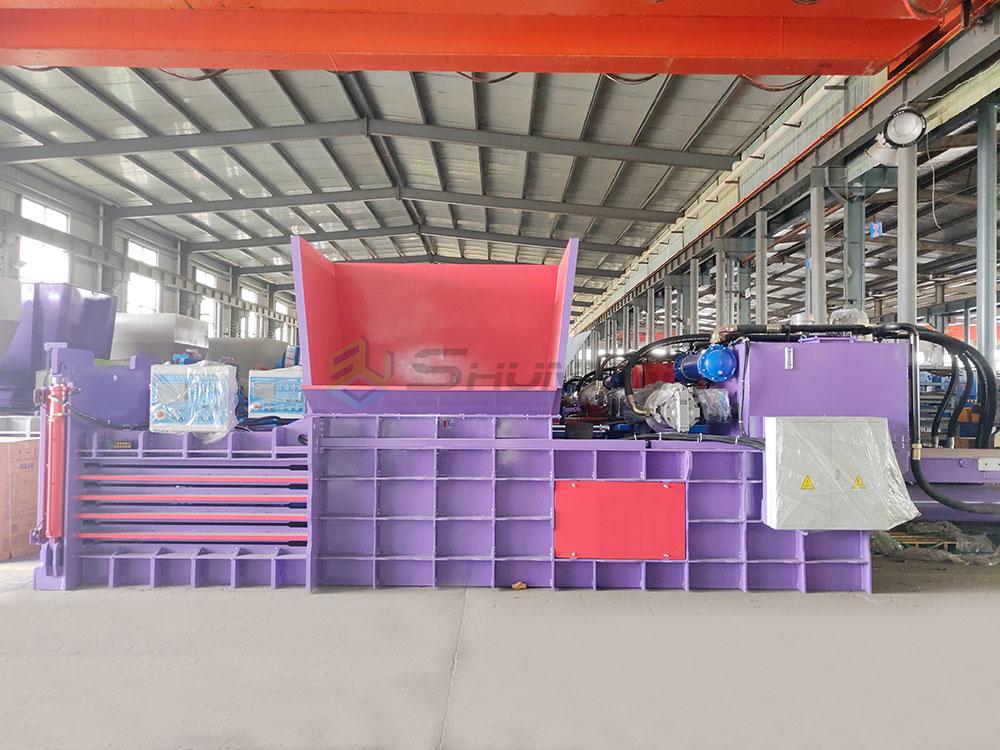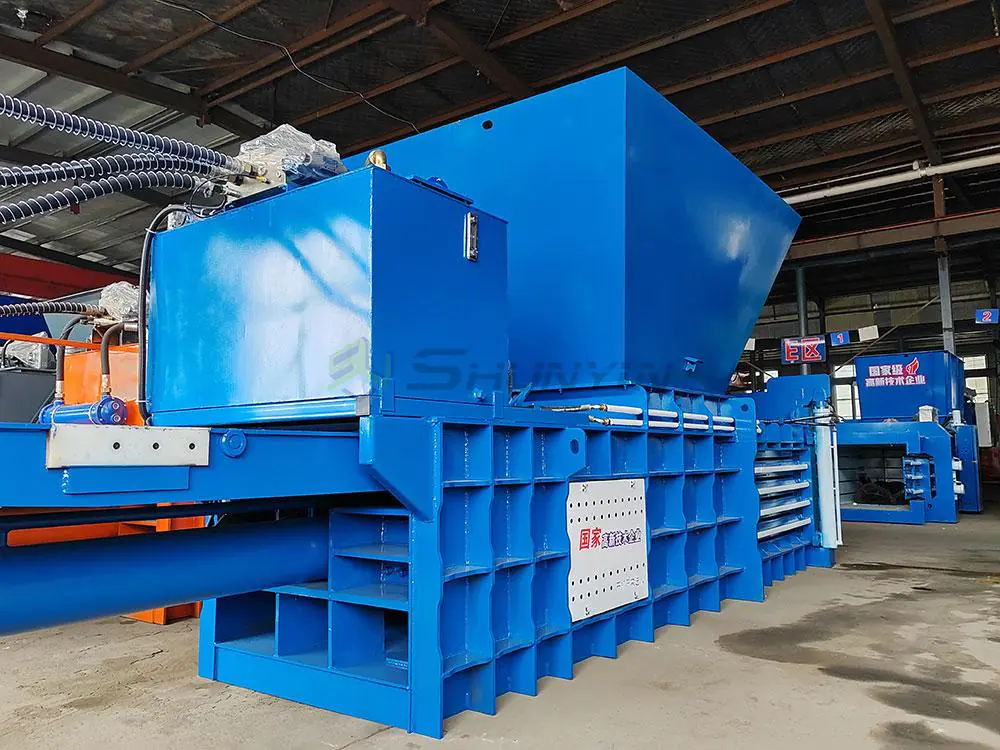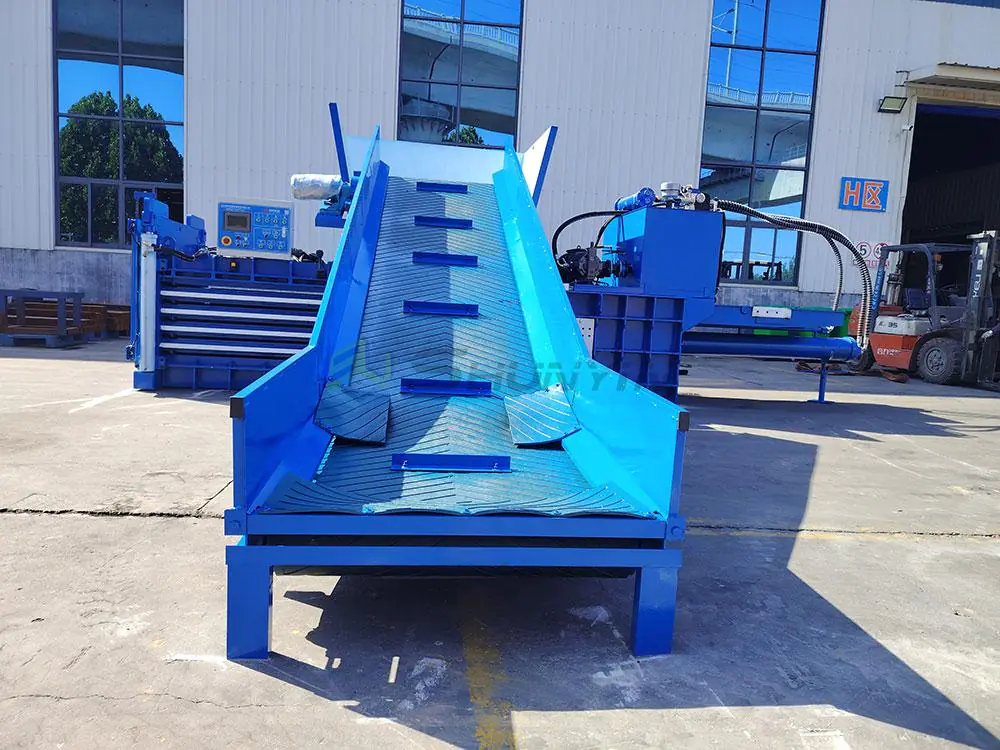
Last month, a Canadian recycler nearly bought a hay baler for plastic scrap – a $48,000 mistake. Understanding baler types1 isn’t just technical jargon; it’s profit protection.
Baler machines fall into three primary categories:1. Agricultural (hay/straw)2. Industrial (recycling/scrap)3. Specialty (cotton/textile)Key differences include pressure range (10-2000 tons), bale dimensions, and binding systems – choices that directly impact operational efficiency by 30-70%.
Selecting the wrong baler type can waste $120/hour in downtime. Let’s examine each category’s unique capabilities.
What Are the Different Types of Baler Machines?
At our Guangdong facility, we produce 14 distinct baler models. The variations matter more than you might think.
Primary baler classifications based on application:• Vertical balers (10-50 ton force)• Horizontal balers (60-2000 ton)• Round balers (agricultural)• Two-ram balers (high-density scrap)• Closed-door balers (dust-sensitive materials)

Technical Specifications Comparison
| Type | Force Range | Bale Size | Energy Use | Cost Range |
|---|---|---|---|---|
| Vertical | 10-30T | 0.8×0.6×0.5m | 7.5-15kW | $6,800-$45,000 |
| Horizontal | 50-200T | 1.2×0.8×0.7m | 18-75kW | $52k-$220k |
| Two-Ram | 200-2000T | 1.5x1x1m | 110-450kW | $180k-$1.2M |
| Round | N/A | Ø1.5-2m rolls | 75-150HP | $28k-$120k |
Our Japanese client achieved 92% space reduction using a 150-ton horizontal baler for PET bottles. The 2.8m compression chamber handles 4.5 tonnes daily – crucial when factory rent costs ¥800/m²/month.
What Are the Different Types of Hay Balers?
A Texas ranch manager once showed me two balers – one made cylindrical bales, the other rectangular. The choice impacted his feeding efficiency by 40%.
Agricultural baler types:• Round balers (rotary design)• Square balers (chamber compression)• Large square balers (high-density)• Mini balers (small farms)Modern models offer twine/net wrap options and yield monitoring systems.

Hay Bale Characteristics Comparison
| Type | Dimensions | Weight | Storage Needs | Durability |
|---|---|---|---|---|
| Round | Ø1.5m x 1.2m | 500kg | Outdoor | 8-12 months |
| Small Square | 0.9×0.45×0.35m | 20kg | Barn | 18-24 months |
| Large Square | 2.4×0.9×0.8m | 800kg | Covered | 12-18 months |
American clients report round balers handle wet hay better (18-22% moisture), while large square balers optimize shipping – 32 bales fit standard containers vs 18 round ones. Our Kazakhstan farm client prefers variable-chamber balers adjusting bale density from 160-220kg/m³.
What Are Recycling Balers?
The baler crushing cardboard in your local supermarket? That’s a 20-ton vertical model costing less than a delivery truck – but generating $600/week in scrap revenue.
Recycling balers compress materials into transportable blocks:• Vertical balers: Stores/small workshops• Horizontal balers: MRFs/scrap yards• Auto-tie balers: High-volume operations• Single-piston vs dual-piston systemsForce outputs range 10-200 tons for processing paper, plastics, and ferrous metals.

Cost-Benefit Analysis: Retail vs Industrial
| Parameter | Retail Vertical | Industrial Horizontal |
|---|---|---|
| Hourly Throughput | 0.3 tons | 4.8 tons |
| Bale Value | $80/tonne | $120/tonne |
| Labor | 0.5 FTE | 1.2 FTE |
| ROI Period | 14 months | 22 months |
| Lifespan | 5-7 years | 10-15 years |
Malaysian recyclers using our 80-ton horizontal balers process 23 tonnes of HDPE daily. The automatic ejector system saves 17 minutes per cycle – critical when electricity costs $0.28/kWh.
What is the Classification of a Baler?
Classifying balers confused even our engineers until we developed a 4D matrix. The system now prevents 92% of mis-specification errors.
Baler classification criteria:1. Compression axis (vertical/horizontal)2. Power source (hydraulic/electric)3. Material type (ferrous/textile)4. Automation level (manual/full-auto)5. Chamber design (fixed/variable)

Industry-Specific Classification Requirements
Waste Management (ISRI Standards)
- Class A: <100 tons, single ram
- Class B: 100-250 tons, pre-press
- Class C: 250+ tons, shear capability
Agriculture (ASABE Compliance)
- Small: <1.2m bale width
- Medium: 1.2-1.8m
- Large: >1.8m
Metal Processing (ISO 13898)
- Level 1: <150 tons (alu/cans)
- Level 2: 150-400 tons (steel)
- Level 3: 400+ tons (demolition)
Our German automotive client requires Class C balers with 350-ton force for steel scraps. The dual compression rams create bales meeting ThyssenKrupp’s 1100kg/m³ density requirement – essential when shipping costs €45/tonne.
Conclusion
From agricultural round balers to 2000-ton scrap monsters, each machine serves specific density and throughput needs. Get personalized baler recommendations based on your material type and volume.
-
Understanding baler types is crucial for selecting the right machine, which can significantly impact operational efficiency and costs. ↩


